Meth is back. And it’s surging faster than you might realize.
While U.S. discussion and policy has focused on combating opioid addiction (the 70-bill Opioid Crisis Response Act was passed just this October), the methamphetamine crisis may have been returning right in front of our eyes.
One study indicates meth-related hospitalizations jumped by 245% from 2008 to 2015, compared to a 46% increase in opioid-related hospitalizations.
The Extent of Meth Addiction
12 years after Congress took aggressive action against meth, meth-related overdoses are at an all-time high. NIDA reports that methamphetamine was present in 10,721 of the more than 72,000 overdose deaths in 2017, nearly double the 5,000 meth-related deaths a decade earlier. (For comparison, in 2017 synthetic opioids were present in 29,000 overdoses).
Responding to restrictions on domestic meth productions, Mexican cartels have seized the opportunity to produce meth in large quantities in sophisticated “superlabs,” a sharp contrast to the DIY “shake and bake” methods of the early 2000s. Cartel-produced methamphetamine has reached as far as states like Oregon and Oklahoma.
On the border, meth is seized at 10-20 times the rate of ten years ago. Undercover DEA agents have purchased meth for as little as $250 an ounce, a quarter of the price in 2012.
As the New York Times reports, “Methamphetamine, experts say, has never been purer, cheaper or more lethal.”
Where Do We Go From Here?
From a practitioner’s perspective, meth is a different beast from opioids. Overdose-preventing drugs like naloxone are ineffective. Likewise, meth addiction cannot currently be addressed with medication-assisted treatment.
While some researchers such as Dr. Linda Dwoskin have made progress over decades in creating a drug to nullify the effects of meth, such a treatment method is not readily available. As such, patients addicted to methamphetamine may require intensive inpatient treatment followed by counseling and other support services.
Broadly speaking, the problem of methamphetamine addiction will not be addressed on the large scale until funds are dedicated at the federal and state level to do so, as was the case in the 1990s and early 2000s.
Such funds are usually devoted currently to addressing addiction to opioids, not to meth. However, some practitioners have found success in treating meth addiction despite this focus on opioids. In North Dakota, for example, state officials have used federal funding intended for opioid treatment to build an infrastructure to address all substance use disorders, not just opioid addiction. Without this opioid cash, this infrastructure which can address methamphetamine addiction, alcoholism, and other substance use disorders would not have existed.
Contact AZZLY
With so much focus on opioids, some important industry-relevant news can get lost in the shuffle. At AZZLY®, we hope to provide a broad coverage of issues that might be relevant to you, not just on opioids but also other substances like meth or alcohol.
Follow us to stay up to date with the latest industry news and more educational pieces like this. And visit our site to learn more about our organization and our easy-to-use EHR solution AZZLY Rize™.




